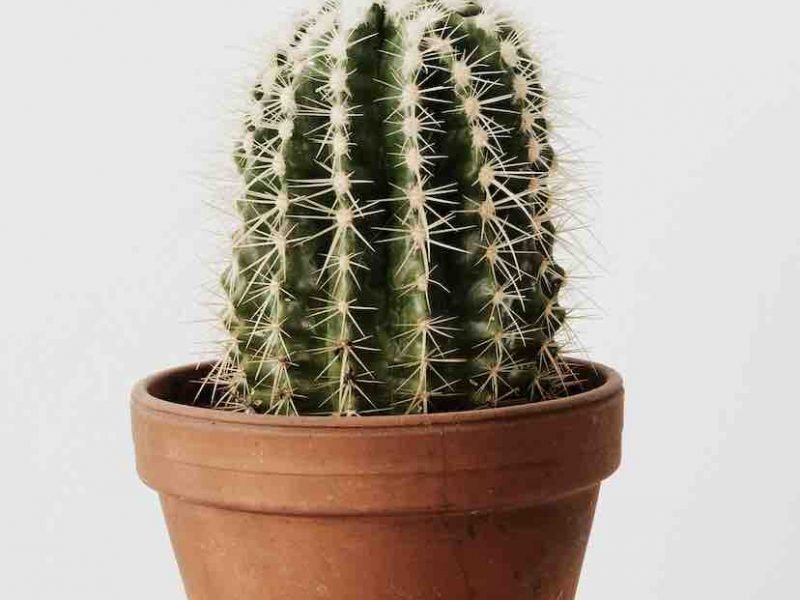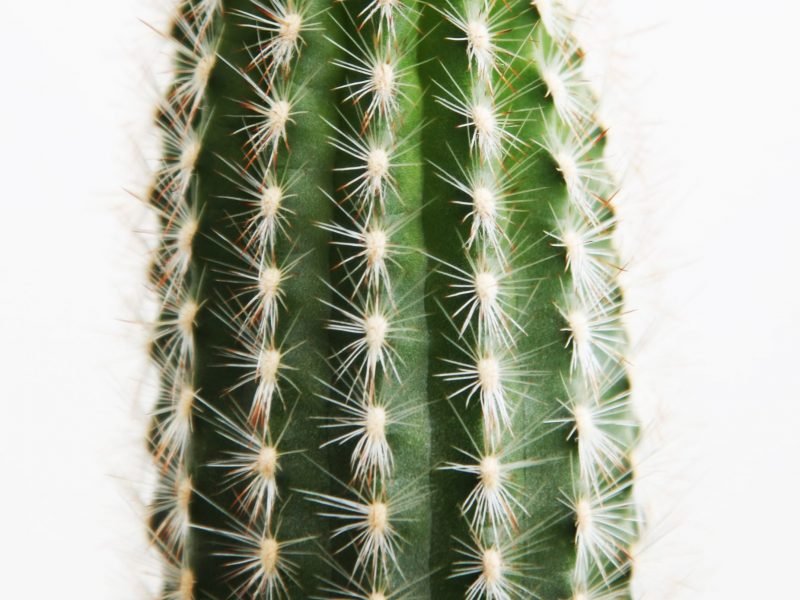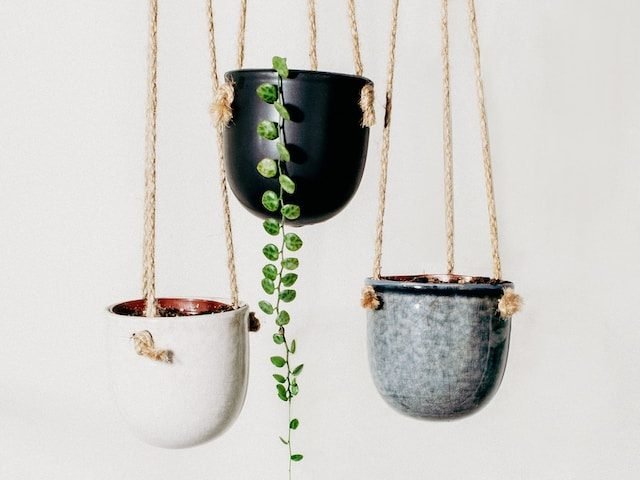
Basic Cactus Care
There are probably more Cactus types that we could possibly count in the world, which makes them one of the most unique and popular houseplant types. We have put together a Cactus care guide that you can apply generally to most of your Cacti.
| Light | Bright Direct LightI thrive in bright areas of your home so am best placed near a window. |
| Water | Water InfrequentlyI can be quite sensitive to root rot so be careful not to overwater me. |
| Humidity | Low HumidityI grow best in pretty dry environments so don’t try and increase the humidity. |
| Soil | Draining SoilI like a mix that includes peat moss and perlite as these prevent my roots from becoming water-logged. |
Keep your Cactus in a bright spot
As you can imagine, being native to deserts across the world, cacti love sunlight. They will really struggle in low light areas of your home so make sure these are kept close to windows to make the most of the sunshine each day.
Adjust your watering across seasons
In the hotter months of spring and summer, it is important that your Cacti receive sufficient watering. We usually go for once a month but it does depend on the size and drainage of each specific cactus. In winter, hold back almost completely from watering as it will cause root rot very quickly.
You must use a fast-draining potting mix
Your Cactus will rot pretty quickly if the soil retains moisture for too long. We recommend using succulent/ cactus specific soil as this will contain agents such as perlite which increases drainage in the pot.
Cacti prefer warmer environments
Although they can survive in slightly cooler homes, Cacti thrive in warmer environments. Nearer windows will tend to give them a little more warmth in summer but can be a little drafty in winter so be aware of this.
Dry air is best for your Cactus
This can be a little tricky especially if you have other humidity-loving houseplants in your home. Don’t worry too much about changing the humidity levels in your home but prevent placing your Cactus in the kitchen or bathroom where steam from cooking or showering naturally increases the humidity.
Use Cactus-specific fertiliser
If you wish to feed your Cactus during the growing months, we recommend using Cactus-specific fertiliser as they tend to be a little more tailored than generic houseplant fertiliser.
Keep away from pets and children
Due to the sharp thorns found on a lot of Cactus types, as well as some that produce sap that can be irritable to your skin and stomach, we recommend as a rule to keep your pets and children away from the Cacti in your home.
Don’t worry about repotting
You usually won’t have to repot your Cactus for a few years as they are quite slow growers and have shallow roots. If you do think it is time to repot, make sure you wear thick gloves to protect from their sharp pricks.
Propagate your Cactus using segment cuttings
Propagating a Cactus is usually quite easy and can be done by snipping of a healthy stem/pad or individual head. Place the cutting in the sun for a few days for it to harden before placing it in fresh cactus potting mix. Water every week or so and after a month or two it should start to form roots.

Cactus FAQs
Quick and simple answers to the most common questions we see about the Cactus.
Can a Cactus tolerate low light?
Cacti need bright light to thrive and will struggle in low light environments. Whilst they might not die, you will notice stunted and slow growth.
How often should I water my Cactus?
Cacti really don’t need much water and thrive in dry potttng mix. On average, you want to water your Cactus every other week and once a month during winter.
Are Cacti toxic?
Due to the sharp thorns found on a lot of Cactus types, as well as some that produce sap that can be irritable to your skin and stomach, we recommend as a rule to keep your pets and children away from the Cacti in your home.
Do Cacti make good houseplants?
Cacti are great houseplants for plant beginners or those that don’t have the time to constantly be fussing about humidity levels or watering routines.

Common Problems with your Cactus
Here are some common issues that you might run into. It’s important to diagnose any issues early to give your plant the best chance of bouncing back.
Why are there are brown edges / markings on my Cactus?
If the brown parts are dry rather than soft and mushy, this will have been caused by underwatering. Be careful when rectifying this problem as you can very easily go the other way and overwater.
Why is my cactus droopy?
If you notice that your cactus is drooping down, this is probably caused by overwatering. We recommend carefully inspecting the moisture in the soil, replacing it if necessary and adjusting your watering schedule.
Why has my cactus turned brown at the base?
If your Cactus is turning brown and mushy from the base up, you have been overwatering it. Carefully inspect the moisture levels in the soil and replace if necessary. Then adjust your watering schedule and check the soil before watering each time.
Why is my cactus is starting to become unstable?
If your cactus is unable to keep itself upright, you have probably been giving it too much water – don’t worry as that is super easy to do. Hold off on the watering for a while and remove the damaged part if necessary.













